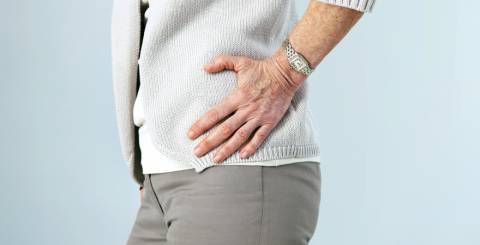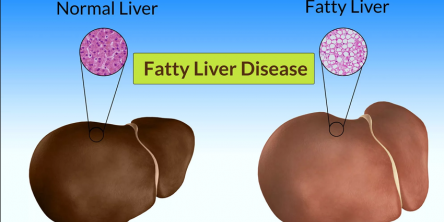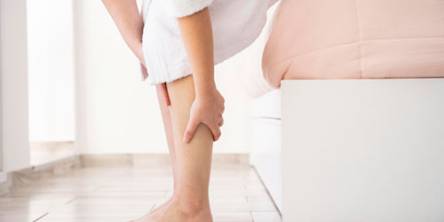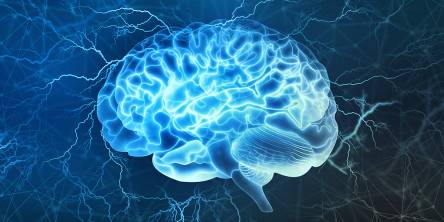5 Safe Ways to Lessen Hip Pain

Your hip joint is incredibly sturdy and solid. Of all the several types of joints in the body, ball-and-socket joints offer the most range of motion. The muscles that cover the hip joint and the tendons that attach them to the bones keep the joint from dislocating. These tendons and muscles surround the joint and provide stability for movement. They support the joint's movement while allowing you to move your legs and upper torso.
The synovium, located inside the capsule, lubricates the joint with synovial fluid and maintains the cartilage's health. Your hip joint's cartilage rests between the bones to prevent them from rubbing against one another and to lessen any impact when you walk or move your hip. But in some cases, you can experience pain, when something goes wrong. Here are some safe ways to lessen hip pain.
1. Flushing and injections
To relieve your discomfort, some medicines can be injected right into your hip. Anti-inflammatory corticosteroids are among these. Infusion therapy reduces inflammation by injecting drugs intravenously or directly into the muscles. Additionally, pain management doctors provide platelet-rich plasma (PRP) injections, which speed up tissue regeneration, treat injuries, and restore cartilage by using your own blood's platelets.
2. Don't delay: shed pounds
Your hips and knees are put under an additional 50 pounds of pressure for every 10 pounds of additional body weight you carry. Find a weight that suits you and see your doctor about the best strategies to lose weight if your joints are feeling the pressure. Losing additional weight may help and make it simpler to walk around, depending on what is causing your hip pain.
3. Physical and hydrotherapy
In order to promote blood flow throughout the body, hydrotherapy uses pressure and warmth. It is a type of physical rehabilitation. This can ease hip discomfort. Patients with arthritis, strains, rips, tendinitis and other less serious hip issues can also benefit from standard physical therapy treatments for the reduction of hip discomfort.
4. Gentle workouts with little impact
Eat well and maintain a moderate level of activity to prevent hip problems. Exercises including jogging, swimming, stretching, and resistance training might ease arthritis-related chronic hip discomfort. Although it may seem contradictory, building stronger leg muscles can be quite helpful in reducing hip pain. With little stress on the hips, these exercises help to strengthen the muscles in the legs. You can give better support, put less strain on your joints, and diminish or eliminate discomfort if your muscles are stronger.
Hip stretches and exercises can assist to strengthen muscles, reduce pain, and improve mobility. There are a variety of workouts to pick from, but individuals can experiment to determine which ones are most effective for them before incorporating them into a regimen. You might also create a customized fitness program with the help of a physical therapist. It is clear, that you should see a doctor if your hip pain is severe, chronic, or getting worse. Exercises that cause or aggravate hip pain should be stopped or reduced.
5. Pain reliever MSM
The body naturally makes the sulfide methyl-sulfonyl-methane (MSM). It might be able to help those with hip pain feel less discomfort. MSM is generally risk-free. It improves the passage of damaging substances out of the cells and stops pressure from building up inside the cells, which results in joint inflammation. The most common application of MSM is as an anti-inflammatory for arthritic hip and joint discomfort.
MSM is produced by the body, but there is also extra MSM in foods including milk, meat, vegetables, fruit, and seafood. However, getting the required amount can be challenging given the prevalence of processed meals. Levels of MSM can also be decreased by aging, cleaning, and steaming food.
Similar Articles
We often experience small discomforts or symptoms that seem insignificant, like headaches, fatigue, or brittle nails. Many times, we brush them off, thinking they’ll go away on their own. However, these minor issues might be your body’s way of telling you that something more serious is going on.
According to the World Health Organization (WHO), half to three-quarters of adult persons globally experienced a headache in the past year. Unfortunately, tension headaches are one of the most prevalent symptoms you can have. Furthermore, some tension headaches resemble migraine headaches, making matters worse.
The review of Yakrit Plihantak Churna is going to be amazing. You will know the facts, does it works along its benefits. The liver is the main engine of the body. It is the second largest gland in the body.
A podiatrist is a doctor who focuses on treating foot and ankle ailments. If you have specific medical issues, you may need to see a podiatrist for therapy that your primary doctor cannot offer. Don't overlook pain in your lower leg, foot, ankle, or toes.
A podiatrist is a medical expert who focuses on foot and ankle care. There are various reasons you may need to see one.
Swelling is a common issue that can strike anyone. Occasional leg swelling may occur after a long day on your feet or from sitting too long. However, if your legs are regularly swollen, it could indicate a serious underlying condition. Swelling can cause leg pain, loss of sensation, redness, and itching. If left unmanaged, it can lead to stiffness and difficulty walking.
Choosing the best aesthetic medicine courses will significantly boost your career. Medical professionals looking to expand their practice and stay ahead in the field of aesthetic medicine will find these training programs invaluable
Lower back pain is like a storm gathering over the horizon all day. The dull discomfort, the throbbing feeling, and the stiffness all add up until, like a thunderclap, it explodes into full-fledged pain. It penetrates your whole body, removing choice and control. Your mobility is restricted, making daily tasks difficult, and if not addressed, it can cause permanent damage.
Even though migraine affects over one billion people around the world, it has long been neglected as one of the most devastating diseases on the planet. Migraine headaches are a neurological disorder characterized by recurrent pounding or throbbing headaches, nausea and vomiting, and sensitivity to light, sound, and strong odors









